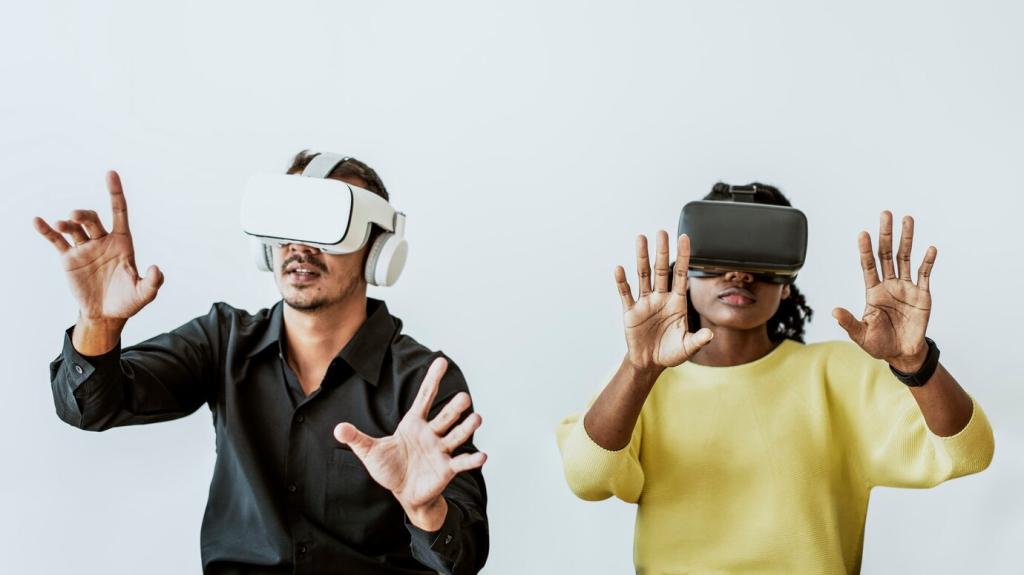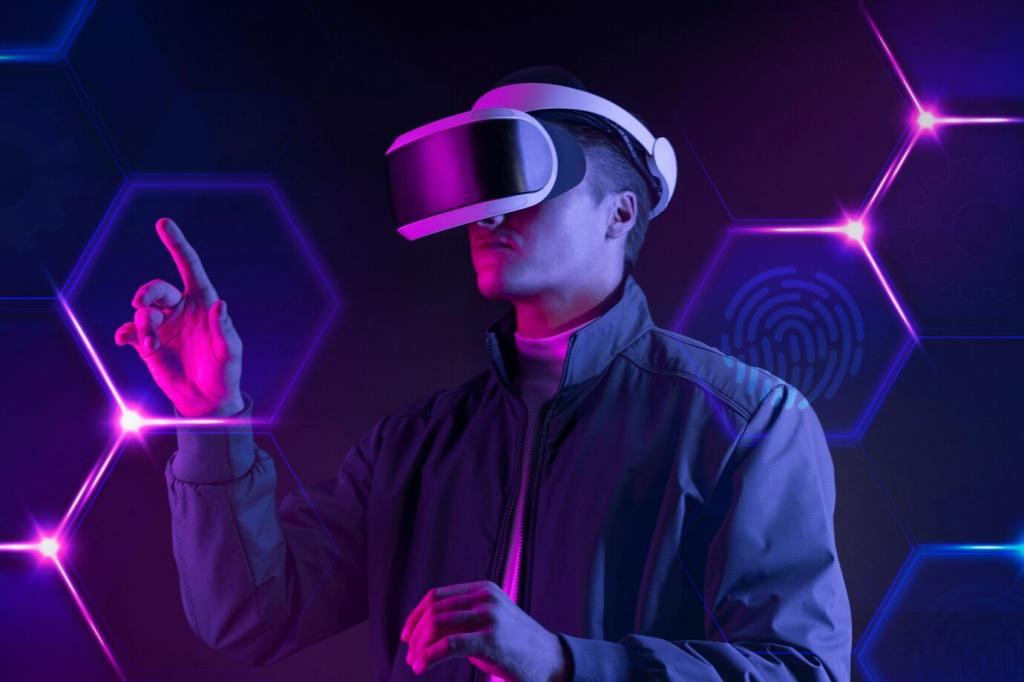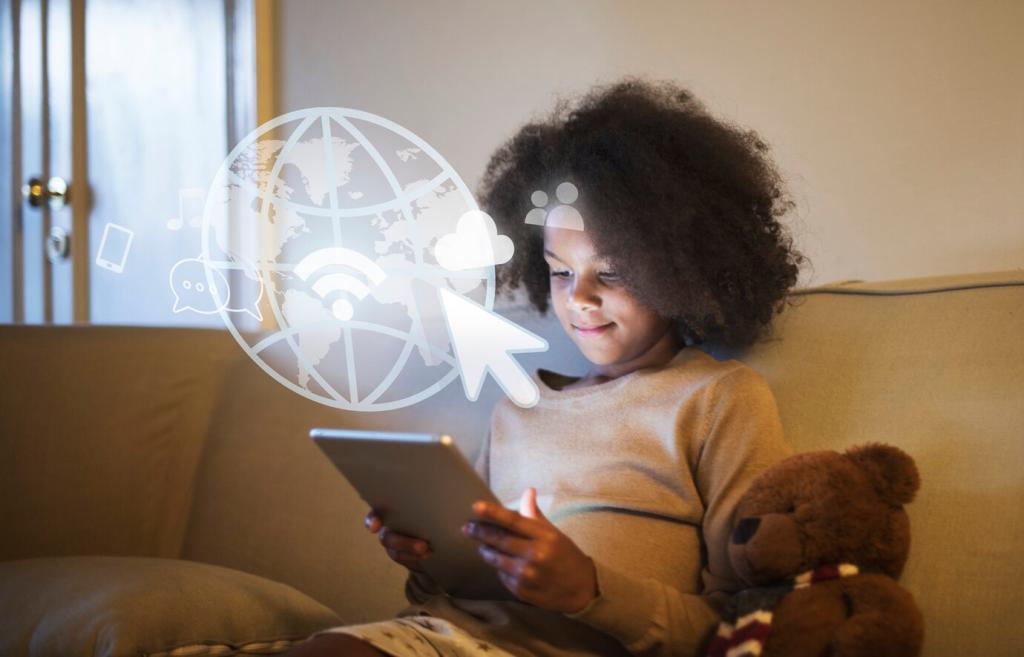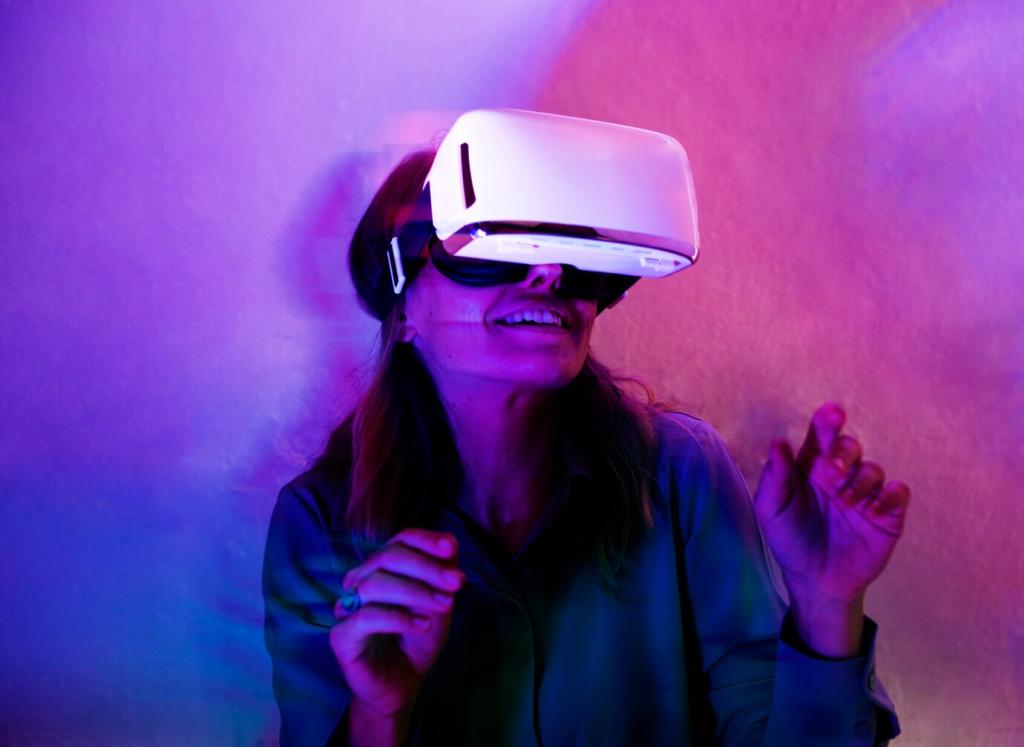Innovative Tools Shaping Remote Work
Discover how groundbreaking tools are revolutionizing the remote work landscape, fostering collaboration, productivity, and wellbeing for distributed teams. As the global workforce embraces remote and hybrid models, digital innovations play a pivotal role in redefining the way professionals communicate, manage projects, and maintain a healthy work-life balance. This page delves into eight key domains where inventive solutions are making remote work more effective, engaging, and seamless than ever before.

Seamless Communication Platforms
Video Conferencing Solutions
Modern video conferencing platforms have emerged as essential for remote teams, offering features far beyond simple video calls. High-definition audio and video, screen sharing, interactive whiteboards, and dynamic breakout rooms help replicate the energy of in-person meetings. Advanced AI enhancements, such as noise cancellation and real-time transcription, optimize meeting experiences, allowing global teams to communicate as if they were in the same room. The integration of scheduling and calendar tools further removes friction, making synchronous collaboration smooth and productive.
Instant Messaging and Collaboration Apps
Instant messaging applications have shifted the paradigm from slow, formal emails to lively, ongoing conversations. With channels dedicated to specific projects or interests, team members can segment discussions for clarity. Rich integrations with third-party apps streamline workflows and reduce the need to switch contexts. Features like threaded discussions, file sharing, and message search help teams navigate complex conversations, maintaining transparency and accessibility. These tools foster a sense of community, keeping even the most distributed teams feeling connected.
Virtual Collaboration Boards
Digital whiteboards and brainstorming platforms let teams create, share, and iterate ideas visually in real time. These tools provide an interactive canvas for mind maps, wireframes, and project planning, bridging the gap between creative sessions and execution. Sophisticated templates, sticky notes, voting features, and multi-user editing keep everyone engaged and enable spontaneous collaboration. By supporting synchronous and asynchronous input, virtual boards ensure that every team member’s voice can be heard, regardless of time zone.
Task Tracking and Automation
Remote teams rely heavily on task tracking features that break down complex projects into manageable units. Automation tools have greatly enhanced productivity by automating recurring tasks, updating statuses, and sending timely reminders. Dashboards provide real-time insights into workload distribution and deadlines. Automated reporting further reduces manual overhead, freeing up team members to focus on high-value work. This level of transparency and structure ensures everyone knows what needs to be done and by when.
Agile Boards and Sprint Planning
Embracing Agile methodologies, virtual boards allow for clear visualization of task progress and workflow stages. Kanban and Scrum boards help teams organize tasks, monitor bottlenecks, and adapt quickly to change. Features like drag-and-drop task movement, backlog refinement, and sprint retrospectives make iteration seamless. Automated burndown charts and velocity tracking help predict project timelines, making it easier for remote teams to deliver consistently and adjust plans proactively.
Resource and Time Management
With people working across different time zones and schedules, resource allocation and time tracking have become vital. Dynamic tools now offer features such as workload balancing, time-off requests, and real-time utilization rates. Calendar integrations and smart scheduling minimize conflicts and optimize availability. Enhanced analytics allow leaders to foresee resourcing issues and reassign work as needed, ensuring teams can deliver their best without overburdening individuals.
Previous
Next
Cloud-Based File Sharing and Storage
Innovative document management platforms guarantee that sensitive company data stays protected while still remaining accessible. End-to-end encryption, role-based access controls, and sophisticated audit logs safeguard files. Real-time collaboration on documents with track changes and commenting means remote teams stay in sync without multiple confusing versions. Permission management ensures that information is only shared with the right people, meeting regulatory standards and enabling confident collaboration.

Document Creation and Management
Centralizing word processors, spreadsheets, and presentation software, integrated suites enable teams to create and share a variety of documents. Live collaboration features mean multiple users can contribute or review content simultaneously. Integrated spell check, templates, and business-ready formatting options foster high-quality output. Robust permission controls and cloud auto-save add layers of reliability, ensuring stakeholders always have access to the latest versions.
Workflow Automation
Automating everyday tasks within productivity suites helps remote teams reclaim valuable time and reduce repetitive workload. Tools can cascade updates across different apps, notify stakeholders, or trigger approval workflows automatically. Customizable bots and macros further tailor processes to company needs. This orchestration unifies various productivity strands into one smooth operation, reducing errors and ensuring critical steps are never missed.
App Integrations and Extensions
A key advantage of productivity suites is their openness to third-party integrations, ensuring a flexible and customizable work environment. API access allows companies to link finance, HR, or CRM tools directly with daily workflows. Add-ons and extensions expand core functionalities, offering everything from design assets to translation services. These plug-and-play options empower teams to make the suite adapt to business requirements as they evolve.
Virtual Office Environments
Digital workspaces offer immersive experiences, letting users move between virtual rooms or offices, simulating physical presence. These environments facilitate informal drop-ins, quick chats, and spontaneous brainstorming. Real-time presence indicators and customizable avatars help personalize interactions, bridging the gap between remote and in-office dynamics. Enhanced audio spaces and spatial sound contribute to a natural communication flow, fostering serendipitous connections.
Sustaining a sense of camaraderie remotely is challenging, but virtual social spaces inject fun and connection into daily routines. These platforms enable remote teams to share non-work interests, celebrate milestones, and participate in games or events. Dedicated lounges and interest-based breakout spaces help recreate the casual conversations of office life, contributing to stronger team bonds and improved wellbeing. By making space for socialization, companies counteract remote isolation and boost morale.
Virtual office environments now feature dedicated onboarding and training modules to fast-track new employees and upskill existing staff. Guided tours, self-paced learning, and interactive Q&A sessions facilitate smoother onboarding. Centralized access to learning resources and mentorship pairings empower remote hires to integrate quickly. The visual, interactive nature of these platforms makes complex information more accessible and engaging, leading to better knowledge retention.
AI-Powered Assistance
Smart Scheduling Assistants
AI-driven scheduling assistants analyze calendars, suggest optimal meeting times, and even account for preferred working hours and time zones. These tools automatically resolve conflicts, suggest alternative slots, and fine-tune recurring appointments with minimal input. Integration with messaging and email means scheduling happens with a simple command. The result is efficient use of time and fewer meeting clashes—a game changer for large, distributed teams.

Wellbeing and Work-Life Balance Tools
Focus and Distraction Management
Focus tools use techniques like scheduled “do not disturb” periods, website blockers, and productivity timers to help remote staff maintain deep work sessions. Customizable alerts and accountability reports empower users to identify time sinks and optimize routines. Smart analytics track patterns and recommend breaks, ensuring sustained concentration without mental fatigue. By cultivating mindful digital habits, these tools promote both quantity and quality of output.
Mental Health and Mindfulness Platforms
Digital wellbeing solutions now feature guided meditation, stress reduction exercises, and mental health check-ins tailored for remote environments. Integrated support for journaling, goal-setting, and gratitude practices further enhances emotional resilience. Some platforms offer direct access to counseling, peer support networks, or personalized wellness plans. By fostering a culture of care, organizations not only support employee happiness but also strengthen their overall performance.
Ergonomics and Physical Health Support
Remote work can take a toll on physical wellbeing, but tools that remind users to stand, stretch, and adjust their setup have gained traction. Paired with video guides or virtual assessments, these tools promote better posture and reduce injury risks. Integration with wearable devices provides real-time feedback on activity levels and sleep quality. By supporting healthy routines, organizations help employees remain energized and focused as they adapt to flexible workspaces.
Security and Compliance Innovations
Zero trust models assume no inherent trust, verifying every user and device before granting access to the network. Solutions employ multi-factor authentication, risk-based assessments, and continuous monitoring. This highly granular approach prevents unauthorized data exposure and contains threats quickly. By securing endpoints and data flows, organizations confidently enable remote work without broad internal access.

